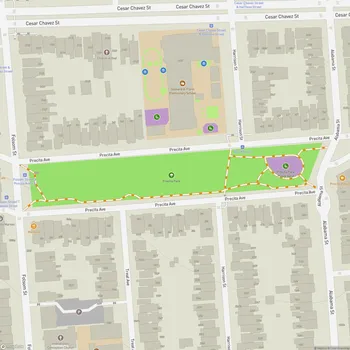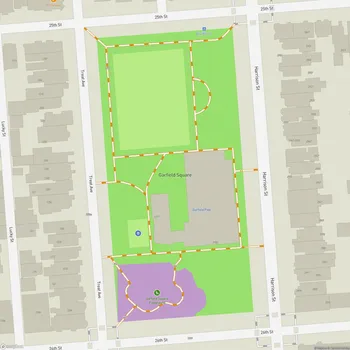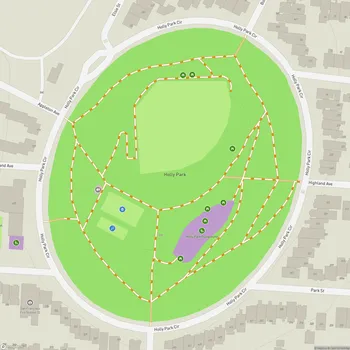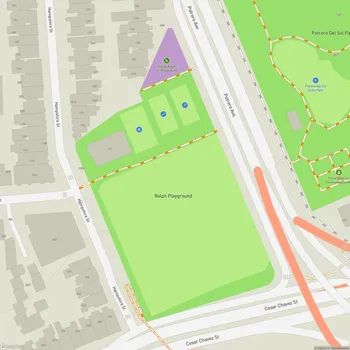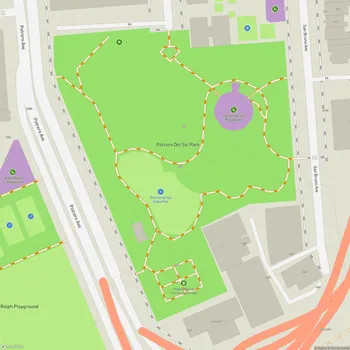Bernal Heights Park
Bernal Heights Park Map
About Bernal Heights Park in San Francisco
Bernal Heights Park is a 26-acre urban oasis located atop Bernal Hill in San Francisco, California. The park offers visitors breathtaking 360-degree panoramic views of the city, including sights of the Golden Gate Bridge, downtown San Francisco, San Bruno Mountain, and the East Bay hills.
The park's terrain consists of windswept slopes covered in native grasslands, providing a glimpse into what much of San Francisco's landscape may have looked like over 250 years ago. In the summer and fall, the hill appears tawny and parched, but by early February, it transforms into a vibrant palette of colors as native wildflowers bloom, including footsteps of spring, sun cup, blue-eyed grass, checkerbloom, and shooting star.
Bernal Heights Park serves as an important natural refuge within the city, supporting a diverse ecosystem. Over 40 species of birds are known to inhabit the area, including Anna's hummingbirds, dark-eyed juncos, American kestrels, and western meadowlarks. The park is also home to various wildlife such as California alligator lizards, Pacific gopher snakes, Botta's pocket gophers, and raccoons. In recent years, coyotes have been spotted in the park, marking their return to the area after previously going extinct in the city.
The park features a paved limited-access road and a network of well-defined dirt trails that wind around the hill's flanks, providing access to the summit. These paths are popular among hikers, joggers, and dog walkers. The summit, at an elevation of approximately 475 feet, offers a peaceful escape from urban life and is a favorite spot for watching sunsets over the city.
Bernal Heights Park has a rich cultural history. It was originally part of a 4,446-acre land grant awarded to José Cornelio de Bernal in 1839. During the 1906 earthquake, the hill's stable bedrock protected many nearby homes from damage, unlike other parts of the city built on landfill or former sand dunes.
Today, the park is managed by the San Francisco Recreation and Parks Department, with ongoing efforts to preserve and restore its natural habitat through invasive plant removal, revegetation with native species, and erosion control.
